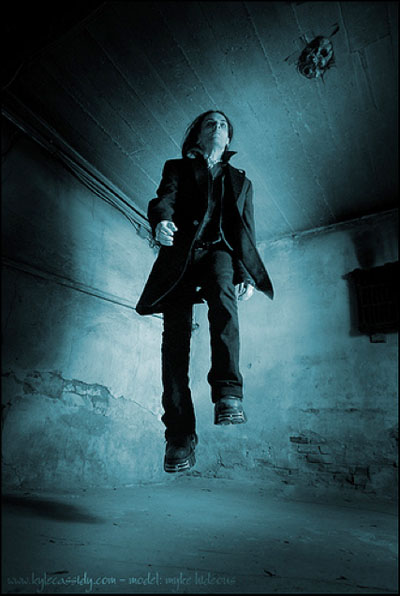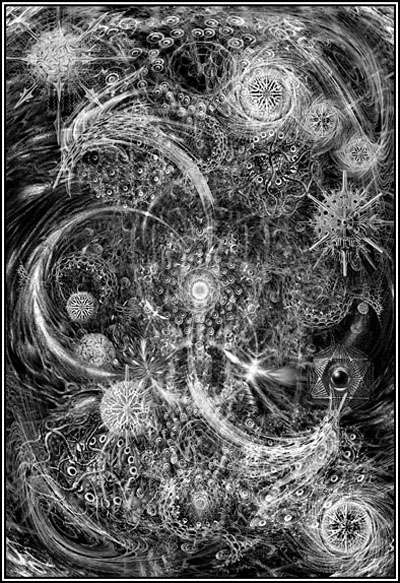The FAM: VBS Meets Issei Sagawa
Warning: This film is not for the faint of heart, the faint of stomach, or the easily offended. Make the decision to click the play button accordingly.
On June 11, 1981 a Dutch student named Renée Hartevelt arrived at an apartment at 10 Rue Erlanger She had been invited there by a classmate at the Sorbonne Academy in Paris, France. The classmate was 32 year-old Issei Sagawa. Not long after she arrived he shot her in the neck with a rifle while she sat at a desk with her back to him. Afterward he had sex with her corpse and, over the course of the next two days, proceeded to eat much of her body.
He was held without trial for two years after his arrest until he was declared legally insane (and thereby unfit to stand trial) by French psychiatrists and confined to a mental institution. While there, his account of the crime was published in Japan as In The Fog. His new celebrity was no doubt a determining factor in the French authorities’ decision to extradite him to Japan. There, he was examined once again by psychiatrists who declared him sane but “evil”. Due to a technicality, in which Japanese authorities cited the lack of certain papers supposed to have been provided by French courts, they found it impossible to hold him and on August 12, 1986 Sagawa checked himself out of the mental institution.
For the past 24 years he’s been living in Tokyo. He is still a minor celebrity and has written over twenty books, mostly having to do with his own crimes or commentary on the crimes of others. He’s also been in a few exploitative films and sells his paintings, most of which are portraits of women. This is where VBS meets him then, seemingly running out the tail end of his notoriety and not particularly hopeful for the future. Vice does a commendable job in staying completely out of the way and letting the man speak for himself. Sagawa, for his part, has spent most of his life reflecting on one event and, as is usually the case with interviews of murderers, he has no real answers to provide.
Throughout, Sagawa speaks at length about his disgust both with himself and the public whose interest in the macabre has allowed him to flourish for so long. The last few minutes are of him describing how he would like to die in excruciating pain. It would have been easy for VBS to leave us with that sentiment; the image of the fiend undone by the horrors he has committed. Instead, the last image we see is of Renée Hartevelt, from whom everything was taken and whose death has made everything in Issei Sagawa’s life possible.





